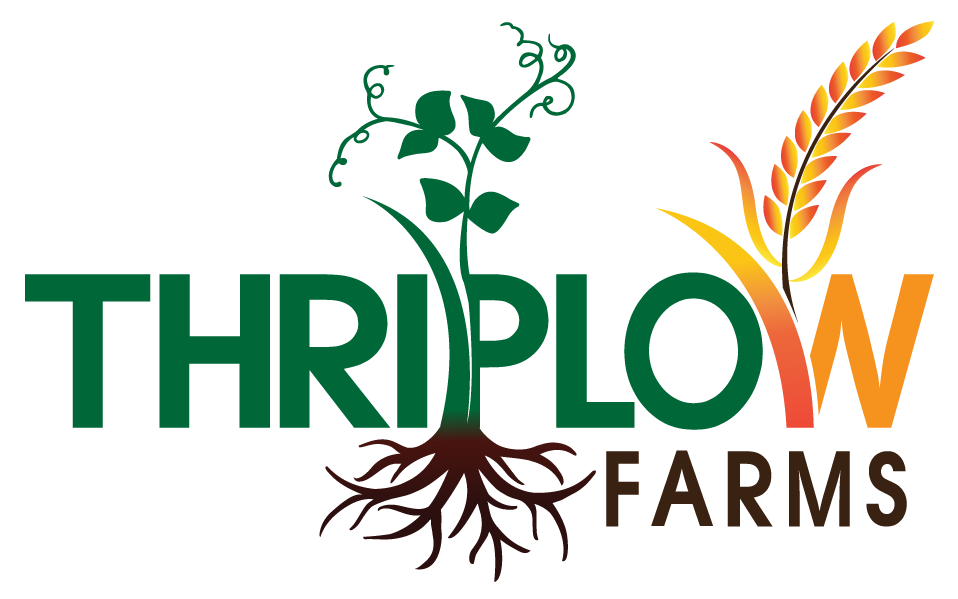WTFIH @ Thriplow Farms, August 2018
Last month I talked about falling at the final hurdle. The hurdle came, and we crashed straight into it. June 2018 was actually even drier than the famous June of 1976, when crops died, hosepipes were banned, and the country baked. Luckily we are not so badly off this time, as from October 1975 to June 1976 there was around 190mm of rain in Cambridge, whereas in the same period this year we have had double that - so the ground water reserves were significantly higher.We are currently still waiting to start harvest, as we do not have any winter barley, and the oilseed rape is stubbornly remaining just a little bit too wet to cut. I have sold most of this crop to be collected next week (it’s Thursday now), so I’ve very much got my fingers crossed that we start before the weekend. Having been optimistic about he oilseed rape yield all year, we are now at crunch time, and I’m getting nervous as to whether it lives up to expectations. The hot weather has really brought forward harvest quite significantly for the later crops, and as soon as the rapeseed is finished we will be straight into one of wheat, rye or peas. The peas in particular have suffered badly, on light land, and are looking to be ready some 2-3 weeks ahead of schedule. This is not a good sign, and coupled with a bad pea moth infestation (due to faulty moth traps, which we use to know if there is a problem that needs treating), I am glad we only have a very small acreage of peas. Back in 1976 the wheat harvest was a disaster, with yields of around half of average. I don’t think we will be that bad this year, but we are unlikely to beat our 5 year average of around 9 tonnes per hectare. Probably the worst looking crop is our winter beans. In the middle of June they looked excellent, with a good amount of pods set on the bottom of the plant, and the top half still flowering. Unfortunately the lack of rain, the high temperatures, have ensured that literally none of those flowers have formed pods - limiting our yield to perhaps half of what it could have been. The sugar beet looks relatively good, but it does desperately need water as well, as will the oilseed rape and cover crops that we will plant at the start of August. But first let’s keep it dry for a week, so we can get the first part of harvest finished.
